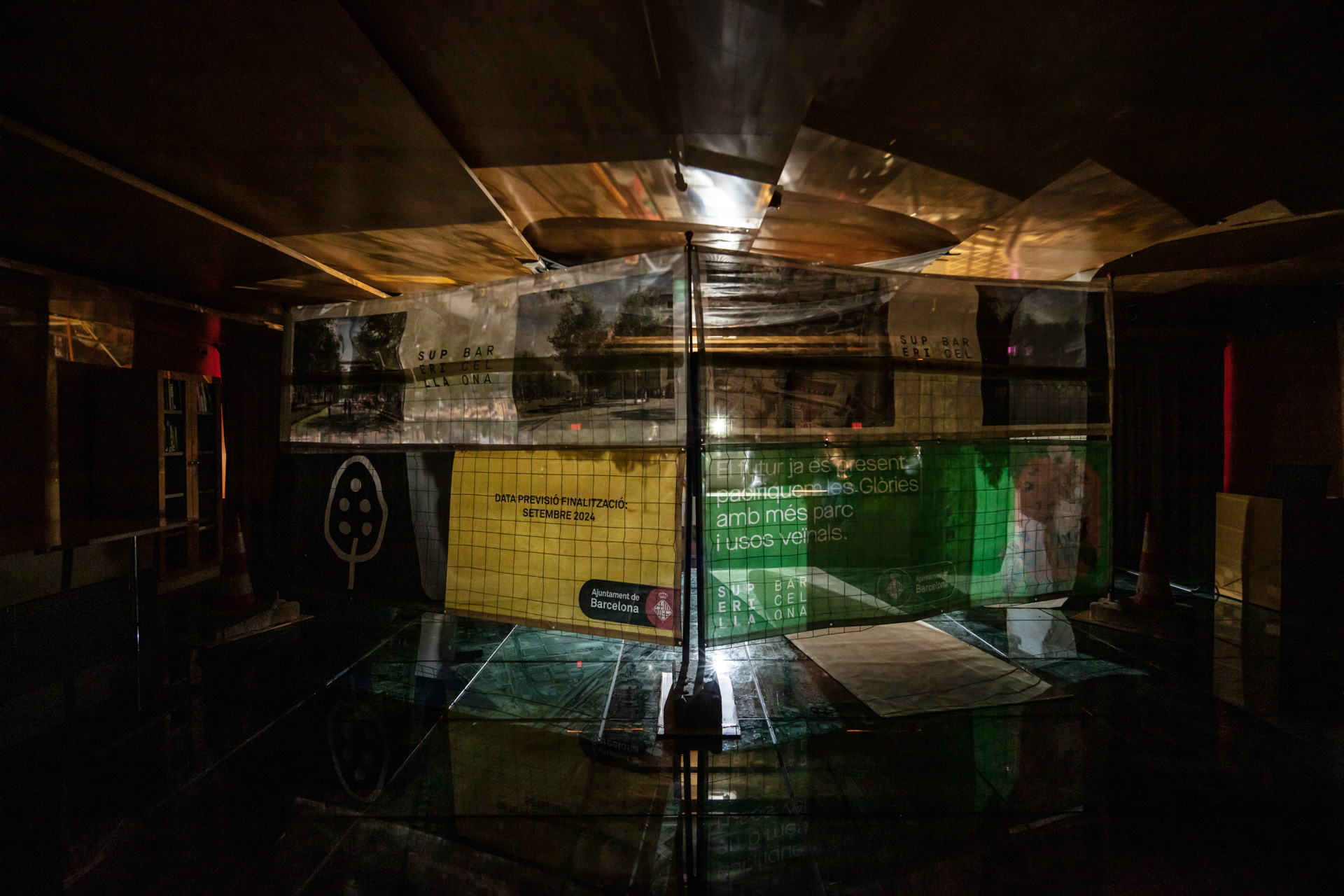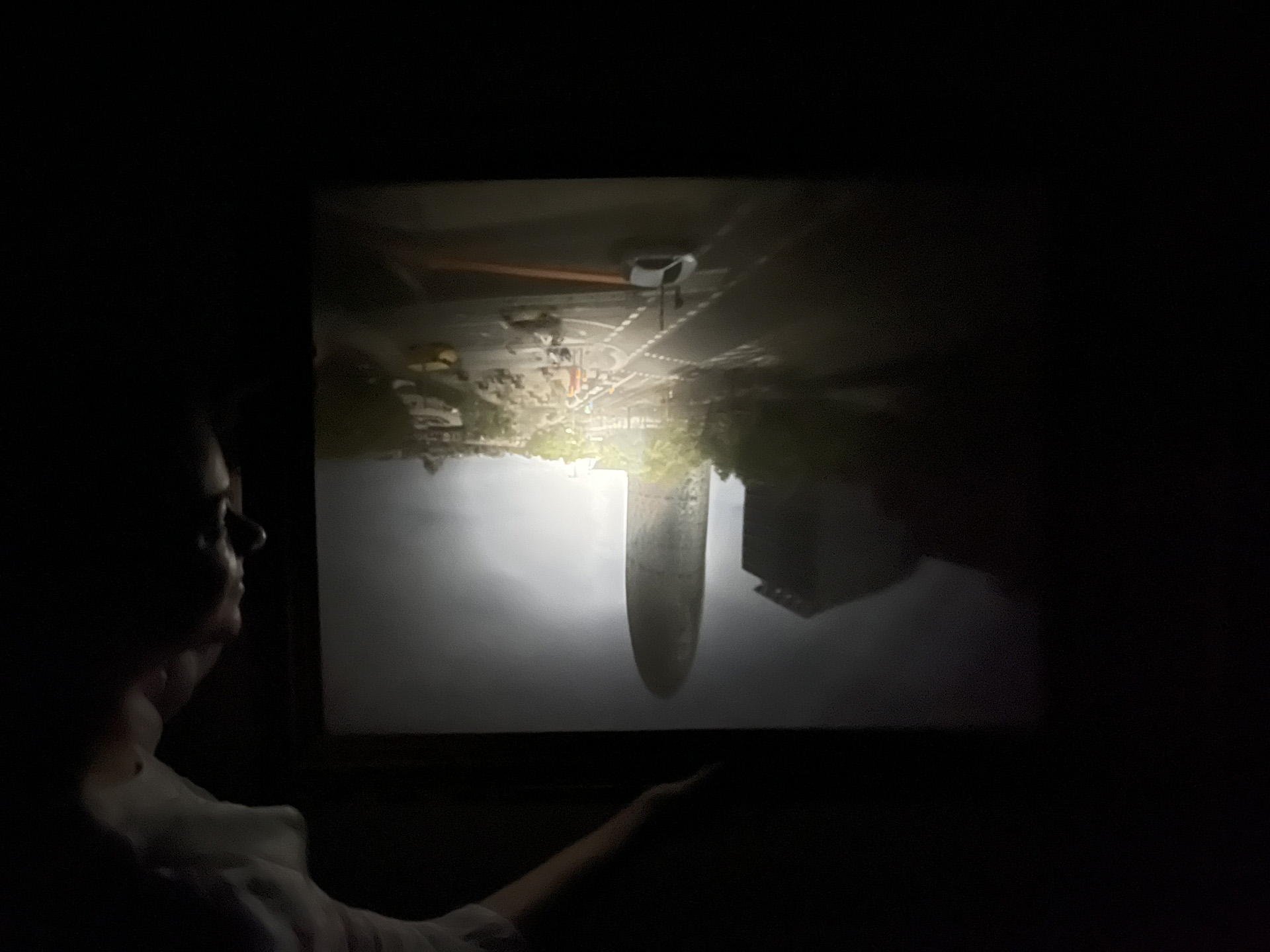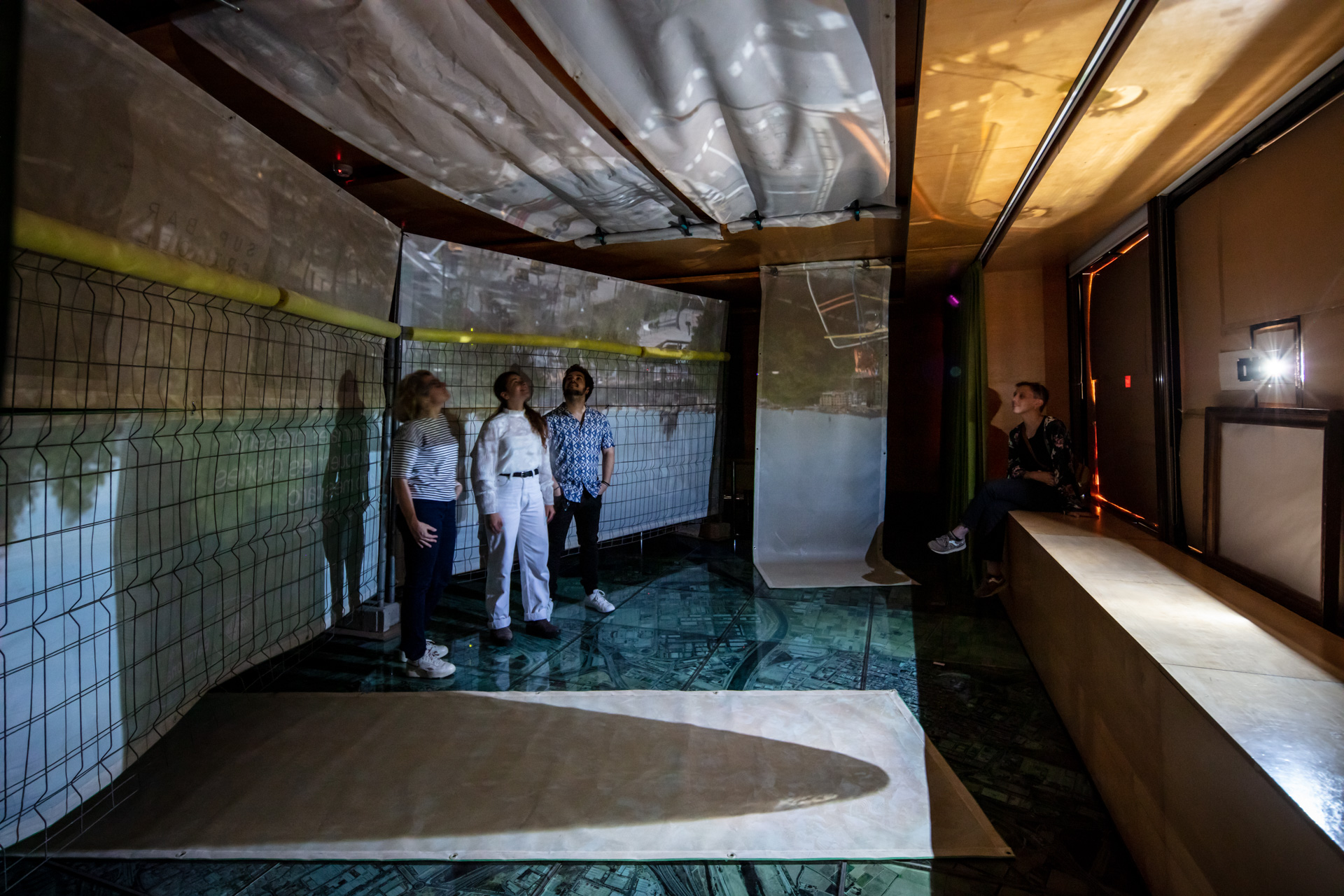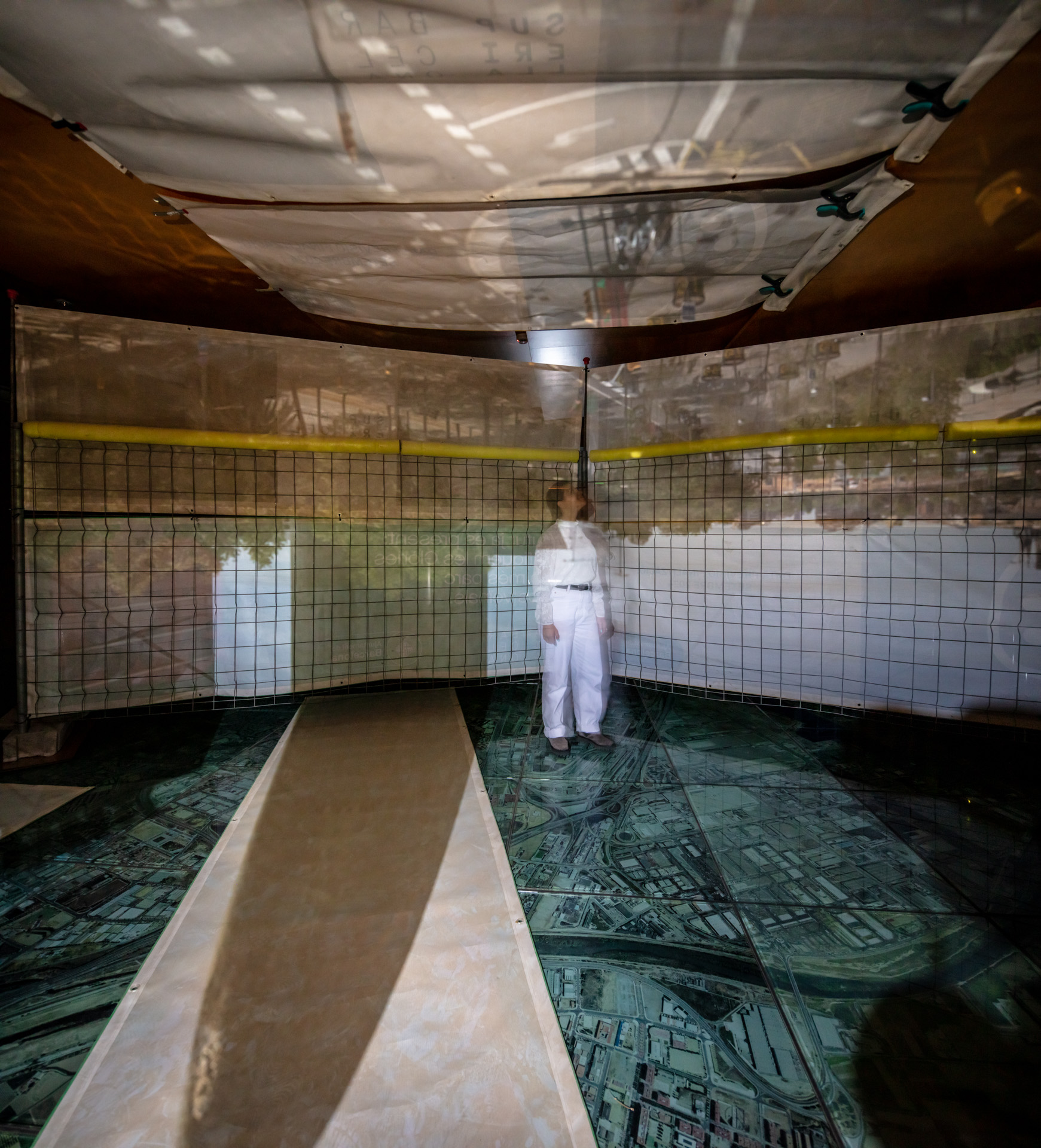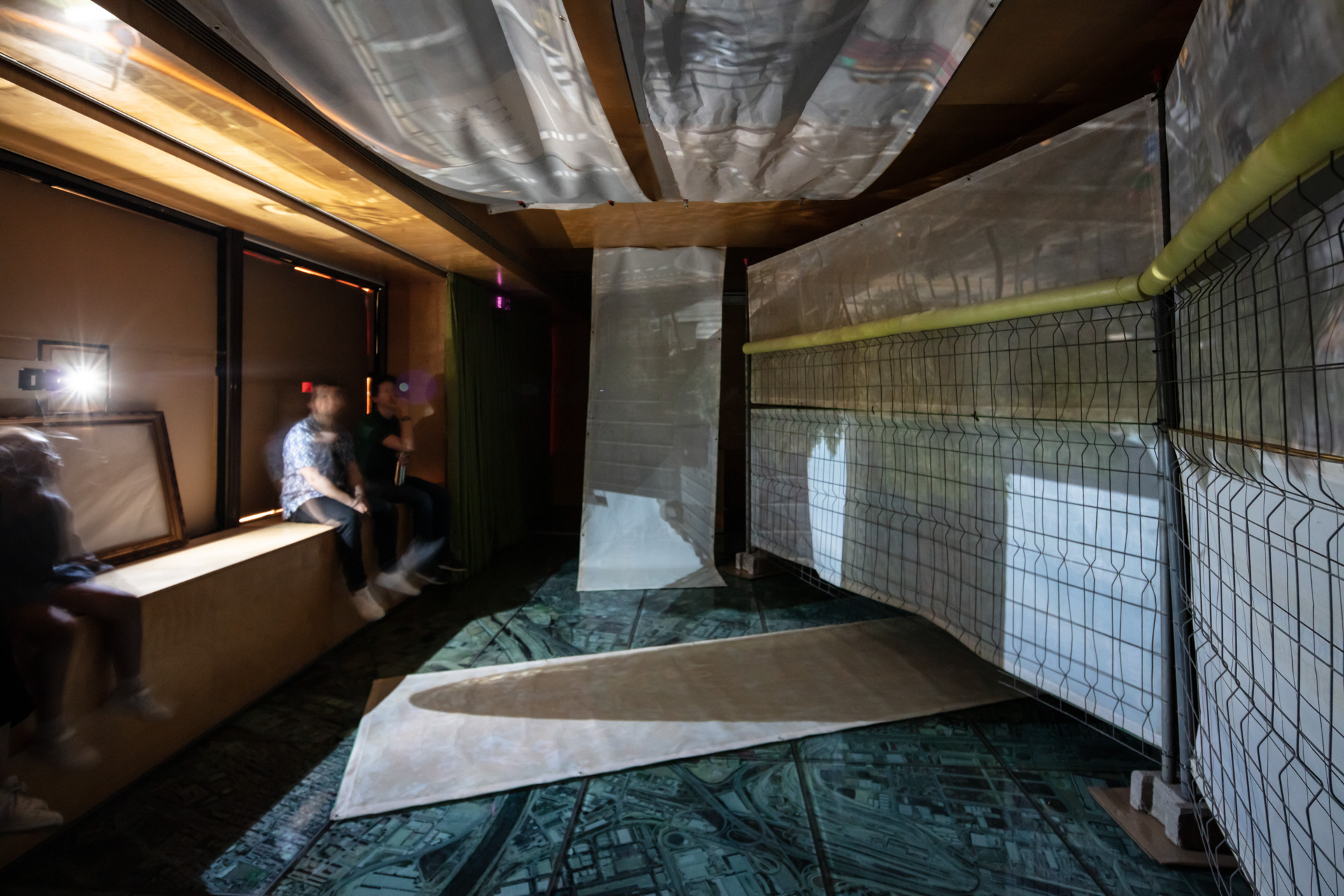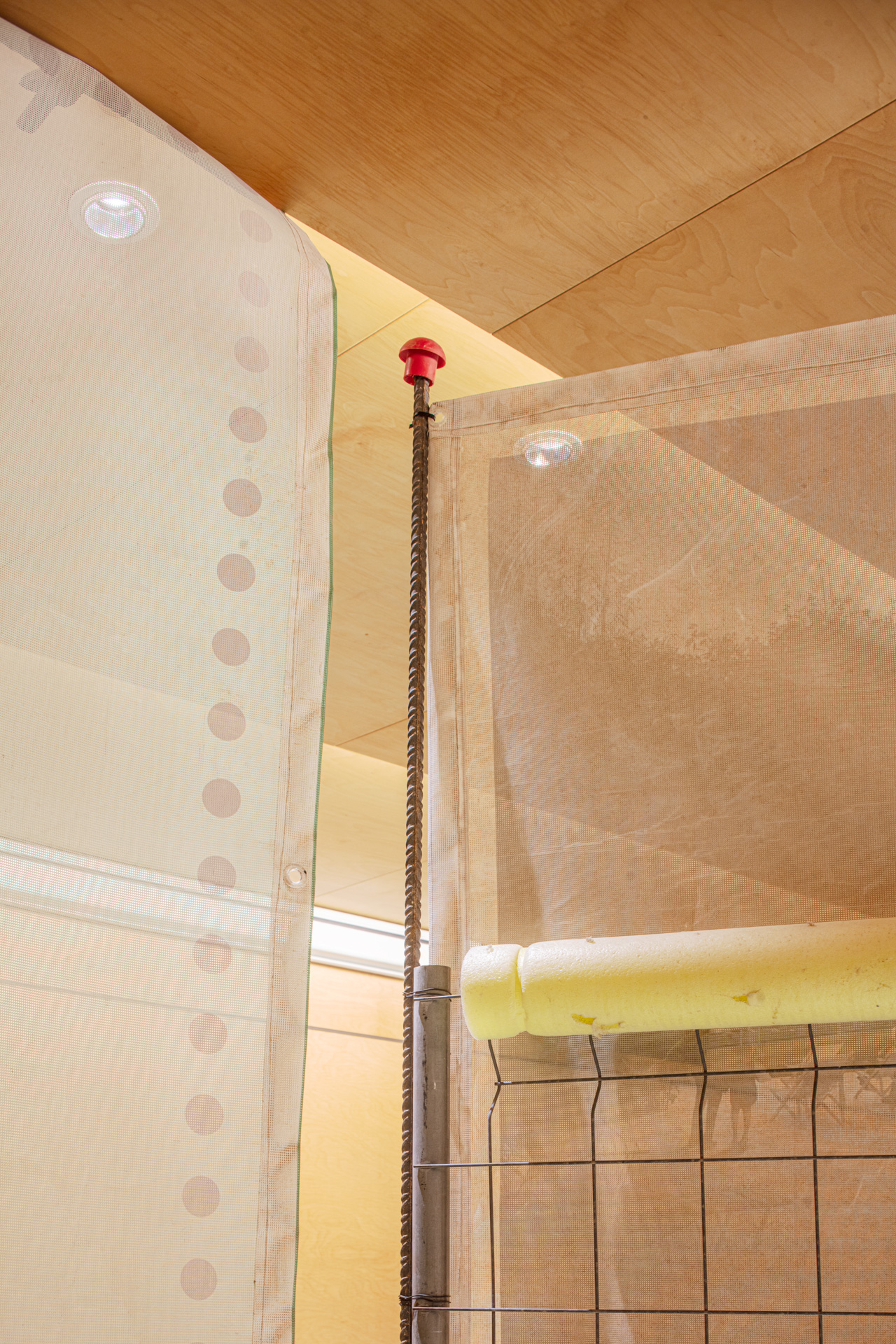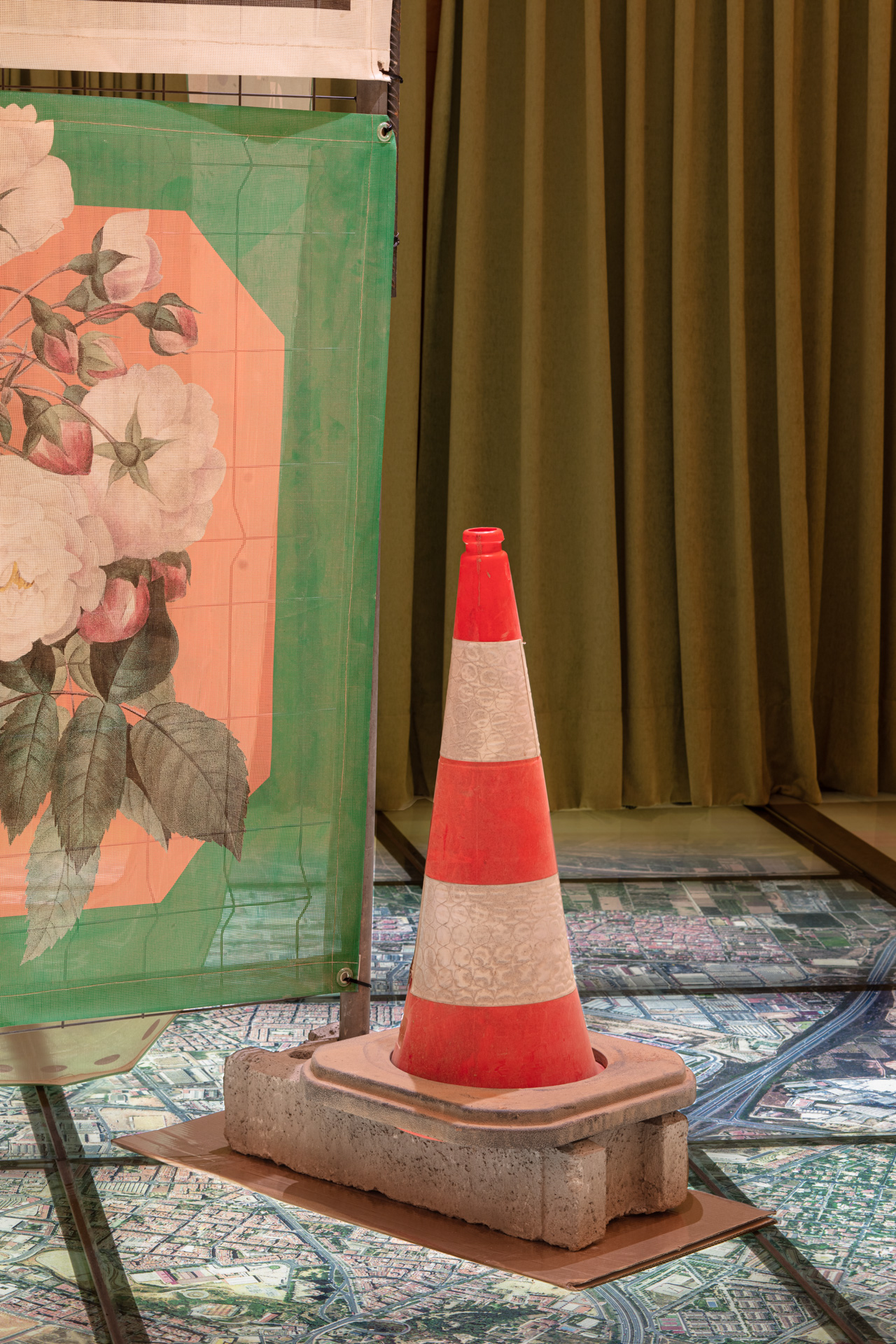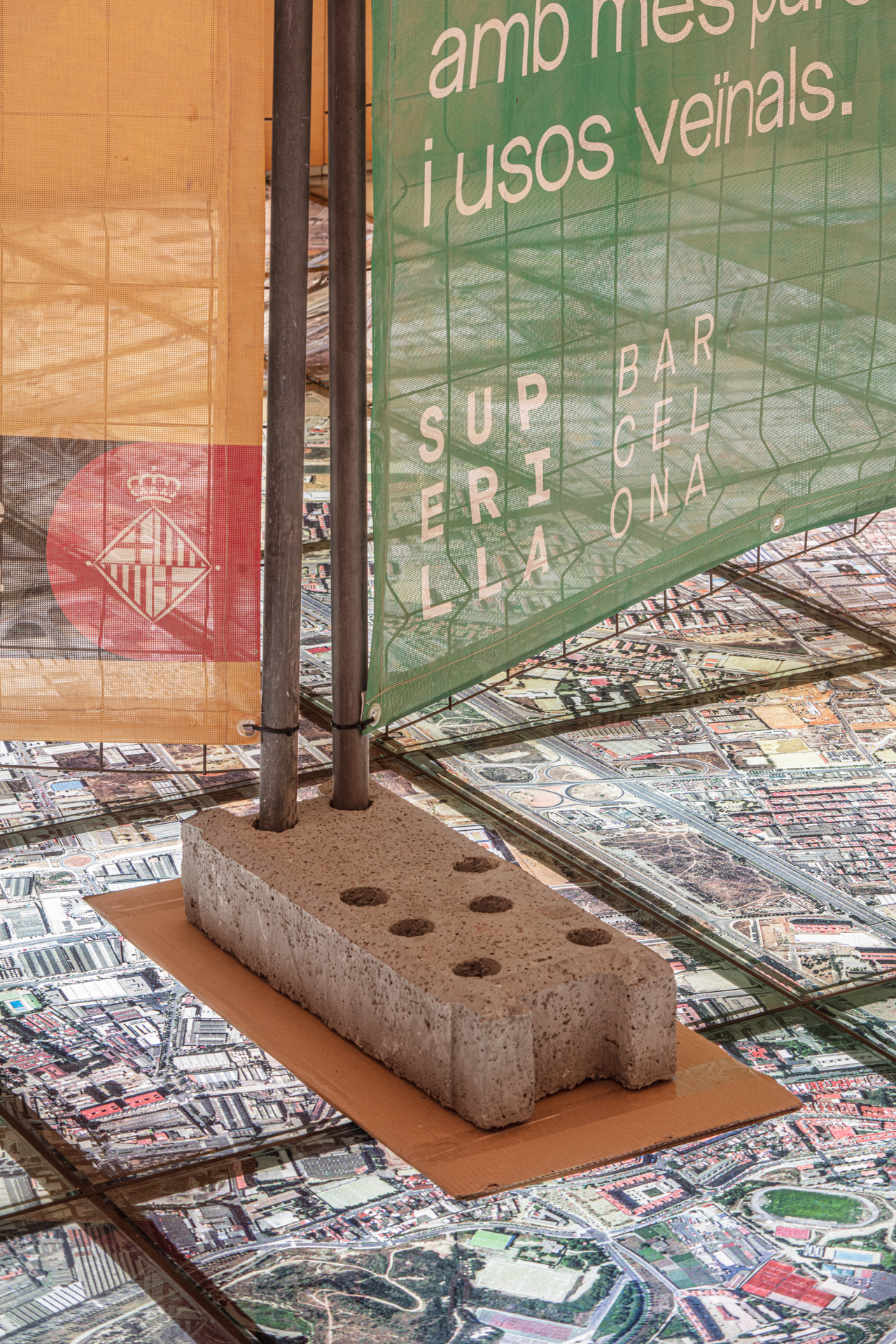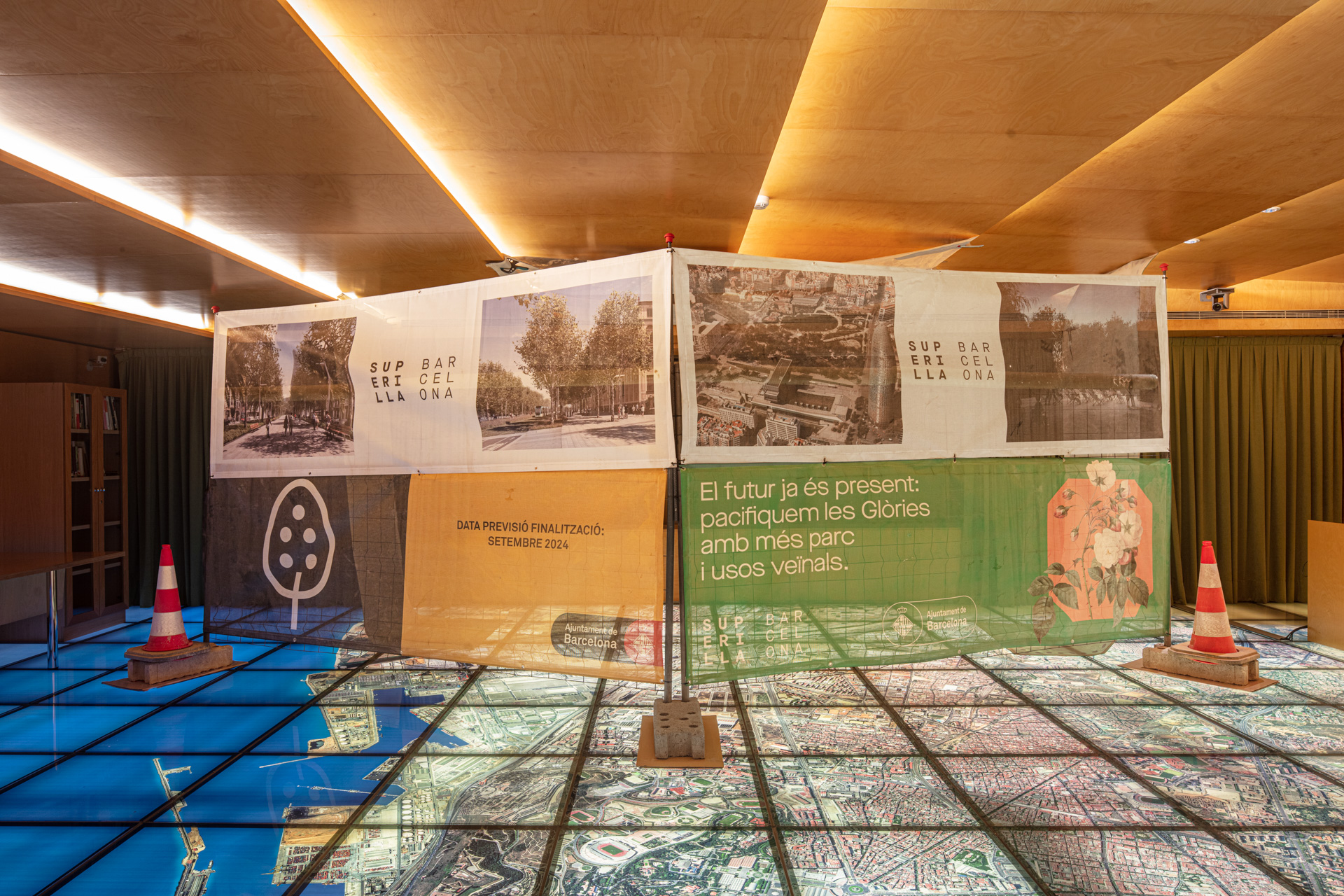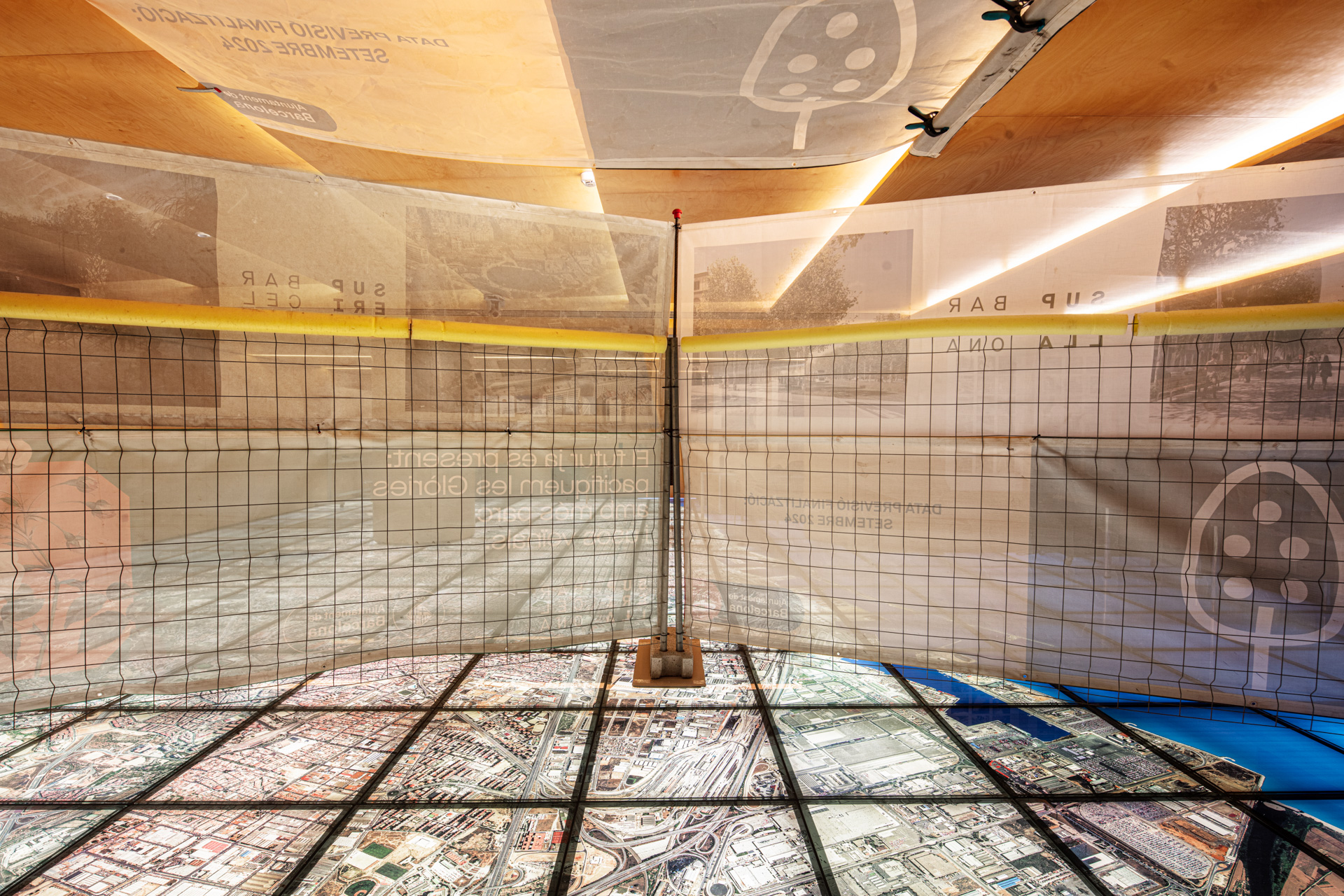Glòries Camera
The City Hall building located at Diagonal 240 functions as a large lookout over Plaça de les Glòries. Let’s turn it into a giant camera. To carry out this project, it will be necessary to cover the windows of a room (to be decided) with plastic or opaque cardboard in order to create a giant pinhole camera that people can enter. This achieves several things: first, it creates an analog "immersive experience" that has captivated people for generations and still amazes today. The image formed by the rays of light entering through the small pinhole made in this opaque cover on the windows projects an image of the outside world into the room, but inverted, in color and in motion. An astonishing experience for those who have never seen it.
Second, it serves to explain how a photographic camera works. Seeing this optical phenomenon in real time allows one to understand the origin of all the images that now surround us. It’s like being inside a giant camera, raising reflections on the difference between reality and projected image, and the unprecedented use we’re making of this optical effect through our mobile devices in today’s society of networks and communication.
Third, it provides a real-time image of Plaça de les Glòries inside the Urban Ecology Department of the City Council, creating a confrontation between the place where the city is conceptualized and designed, and the image the city itself offers. All the information generated there on this topic (contained in the material displayed on the walls) is illuminated by the projection of the square at that precise moment. The exhibited material doesn’t need to be particularly valuable—it could be working documents, old dossiers on Glòries, current or past projects. Discarded plans, used plans, renders, perspectives, written documents... all to reveal the cost of designing the city, of imagining it—the amount of work, resources, time, and people it takes to reach that image that floods everything, the result of years of reflection, effort, and decision-making. It’s about recognizing the work behind a project of this magnitude.
Finally, it’s possible that through these juxtapositions, relationships may emerge, connections between parts of the material and projected elements may arise, creating situations that invite reflection on what the festival proposes: how does this confrontation between project and projection affect the cultures / species / generations / materials / classes we see reflected? How does a project become reality, how are these concerns transferred from paper to the square?

